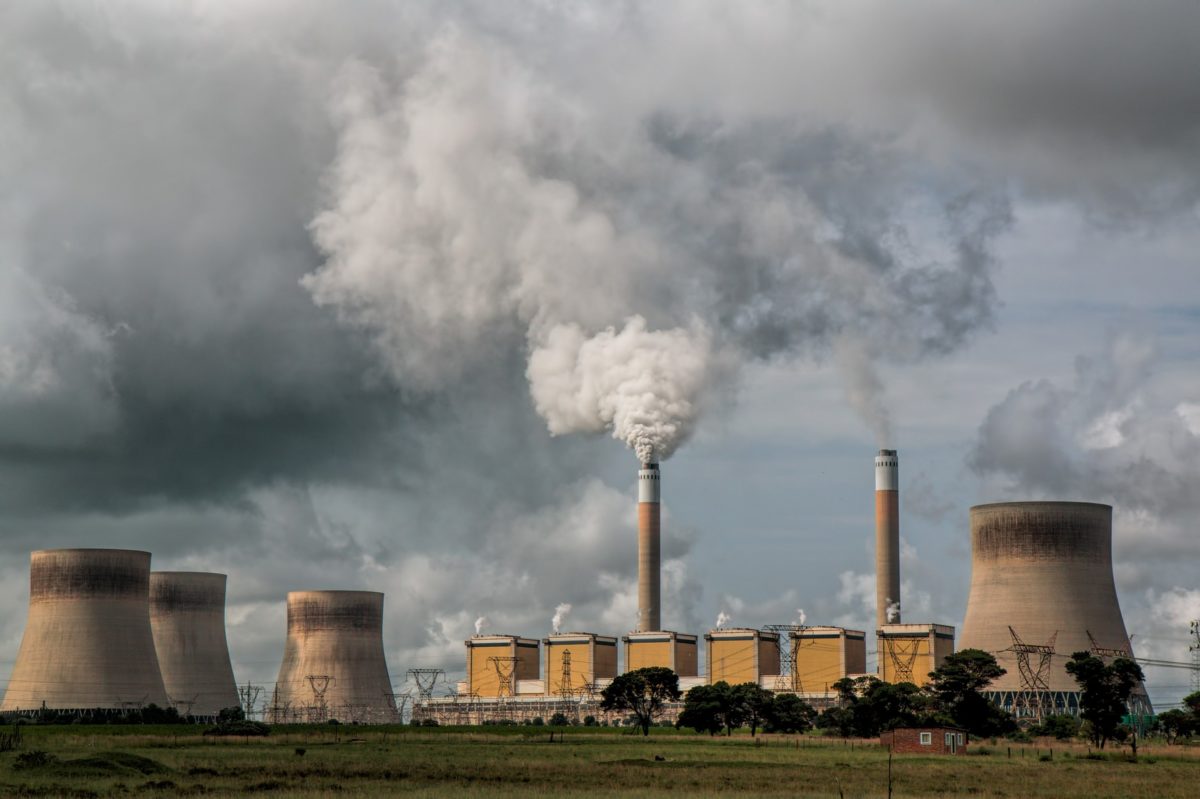The advocacy and research group, Coalswarm, which claims to have information on 13,000 existing and proposed coal plants worldwide via its Global Coal Plant Tracker, says satellite imagery shows China is set to add 259 GW of new coal-fired capacity to its grid.
In a new report, Coalswarm says the central government in Beijing transferred permit approvals for coal-fired power units to provincial levels of government between 2014 and 2016. This policy shift resulted in a significant upsurge of permit approvals for coal-fired power plants.
Provincial governments then began permitting coal power stations in late 2014 and continued to do so until late 2015. Throughout that year, approval rates of coal power stations multiplied by a factor of four, at least, said Coalswarm. According to its report, China approved some 10 GW of coal-fired power stations in Q2 2014, and around 55 GW in Q2 2015.
Suspension orders
Between 2016 and 2017, central authorities reasserted control of the situation and sought to mitigate the effects through a series of suspension orders, including a directive curbing construction, in April 2016, and the supposed cancellation of a further 103 coal power plants, thus reportedly eliminating 120 GW of future coal-fired capacity, in January 2017. Per the initial announcement, this also affected power stations that had already begun construction.
According to the latest information, however, these suspension orders tantamounted to a rescheduling of the plants, rather than permanent suspensions, said Coalswarm, pointing to satellite imagery that appears to show continued construction or commissioning of coal-fired power stations.
Juxtaposing images from 2017 and 2018, one can see that work at the Huadian Nanxiong power station, for example, was in fact not been suspended. In February 2017, the site appears to show a mostly unfinished power station. The image dated March 2018, meanwhile, shows considerable progress with cooling towers finished. The Zhoukou Longda power station also appears to have been commissioned, as water vapor seems to be being emitted from the cooling tower in March 2018.
The power stations shown in satellite images fall under the review of the NEA, and were said to have been listed as “Red light”, thus implying the discontinuation of their construction.
Rule flouting
The report's authors say a “number of regulatory loopholes, outright flouting of the rules, or individual administrative under the increasingly opaque regulatory regime,” are to blame for this development. Furthermore, according to estimates of the group, the expenditures for the power stations reached US$210 billion, which would be equivalent to delpoying around 300 GW of solar PV.
The additional capacity equals almost the entire coal plant capacity of the United States (266 GW). China, the largest coal producer in the world, currently has around 993 GW of coal capacity. It currently has 993 GW of coal power capacity in operation. The additional capacity would increase its total coal capacity by more than 25% and conflict with the cap for total coal capacity – 1,100 GW – the country set itself in its five-year plan (2016-2020).
In comparison, the country added a record 52.83 GW of new solar PV capacity in 2017, thus bringing cumulative capacity to 130.25 GW. Overall, total renewables capacity by 2017, according to the International Renewable Energy Agency (IRENA), reached 618.8 GW in 2017.
Carbon budget spent
In a recent report released by DNV GL, analysts estimate that the world has used its carbon budget to meet its 1.5°C global warming target by 2021, already. Going from this scenario, the global carbon output will have exceeded the 2°C target by 2037. And by 2050, global CO2 emissions will have overshot the 2°C target by 390 Gt of CO2. “The figures suggest that the world is heading towards a level of warming of 2.6°C above pre-industrial global average levels in the second half of this century,” the analysts conclude.
If China really brings another 259 GW of coal-fired capacity online, even these scary figures, could be seen as conservative.
This content is protected by copyright and may not be reused. If you want to cooperate with us and would like to reuse some of our content, please contact: editors@pv-magazine.com.




This could be turning into a test of Xi’s authority. He changed the constitution of the Chinese Communist Party, a document of huge importance, to include a “beautiful China” as a prime goal on a par with economic development. Now provincial party leaders are pushing ahead with coal plant projects that make a nonsense of the goal and make Xi look weak. He cannot stand for this. I suggest a crackdown and/or a demonstration purge of a few scapegoats is likely.
Wil the new plants actually increase coal consumption, or just accelerate the shutdown of older, inefficient plants? For a coal developer, it makes no difference, as long as the shiny new plant gets to run. This depends on two things: the growth in electricity demand, and grid priority for renewables.
A few years back, Beijing red-pencilled sweetheart deals at provincial level that gave coal plants an economically absurd priority. I can’t see a provincial party chief defying Xi so far as to reinstate such a deal, but you never know. The working assumption is that renewables get priority, and their growth cuts into coal.
Electricity demand has perked up recently in China, against the long-term trend to a slowdown. Some of this must be a dead cat bounce from the rapid shutdown of non-electricity factories burning coal for processes, and switching to electricity. More important, the tertiarisation of the economy, and the spread of energy-saving technology like LED lighting, variable-speed motors and intelligent controls, will quickly make China converge with OECD countries, where electricity demand is flat.
The coal boom in China is still a bubble, and the pop will be gigantic.
25% increase of coal-fired power is nonsense. Newly added solar and win power are more than enough for increased electricity demand in China. So, you will see total coal-fired power station reducing year over year while more and more renewable power being added.
Whatever the numbers are, and I doubt these, several facts are certain. Coal combustion and thus CO2 emissions in China dwarf whatever the USA produces. The increases, in both, will depend on China’s economic growth and our regulations. (Regulations, in the US, drive costs and at some point, they break the market price.) China signed the Paris Accord, which the US did not. The Accord is not binding on China’s current CO emissions. Short of war, there is nothing the US can do, to limit China from burning coal. Every US citizen owes some one else between $63,000 – $90,000 as their share of our sovereign national debt and unfunded state liabilities. This sums to 1/3 of a million dollars for a family of four
Asia, China and others, burns perhaps five times as much coal as the US does. The sums are political and thus doubtful. Thus, if climate change is a clear and present danger to the world, the issue will be decided in Asia, not by the “West”. These facts must be recognized or the US economy will collapse